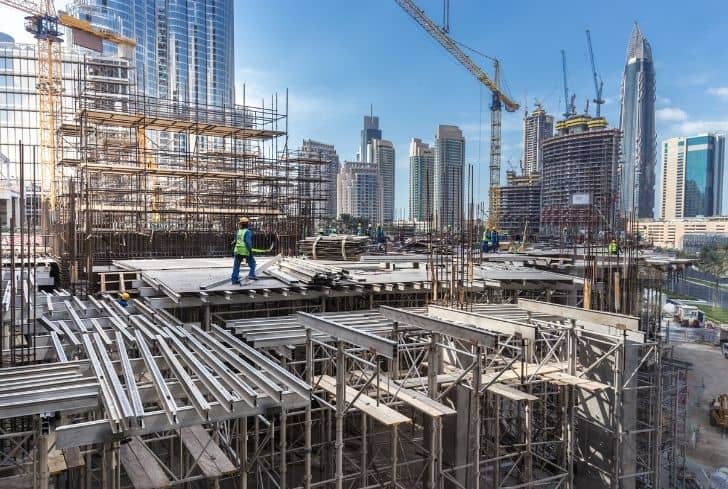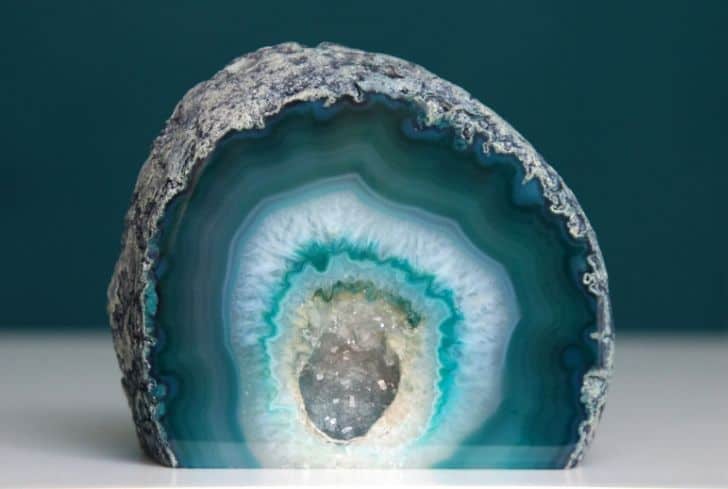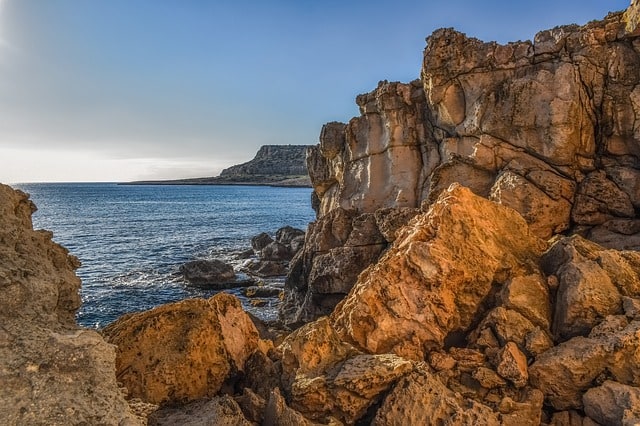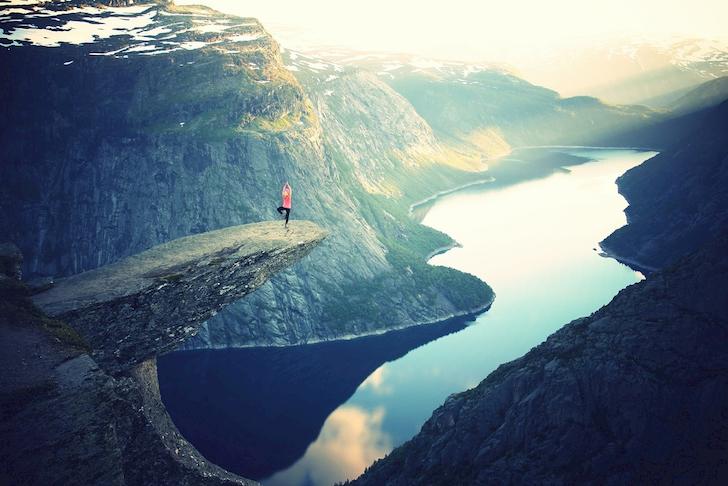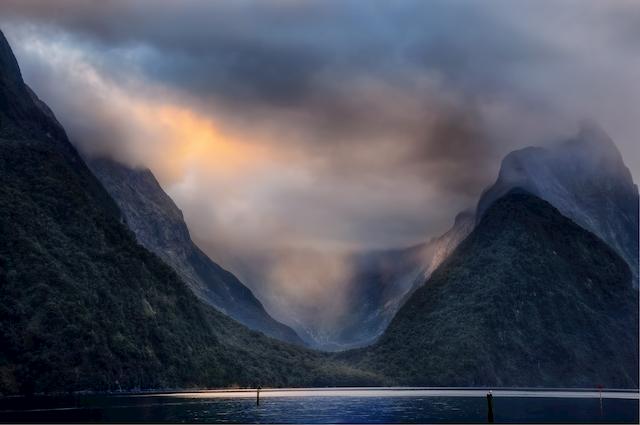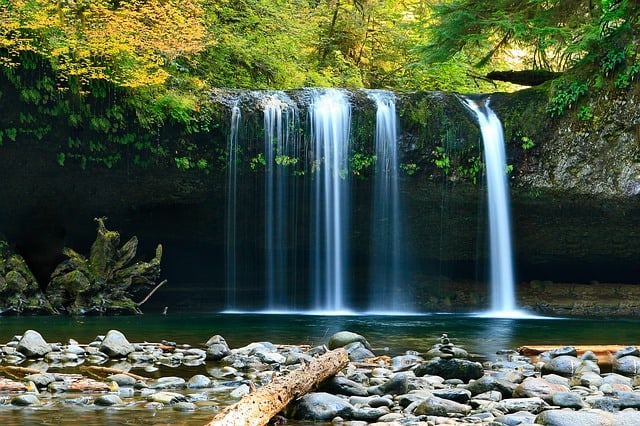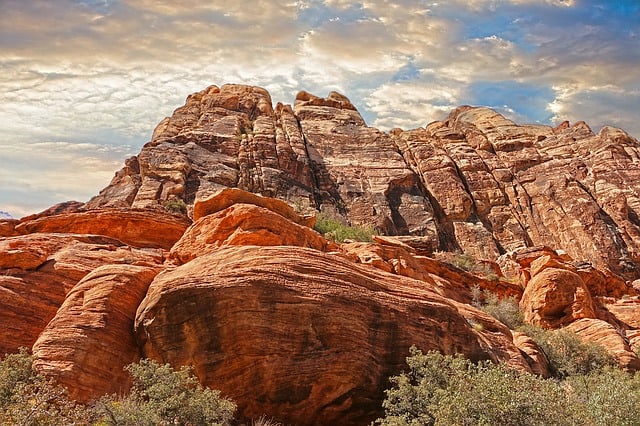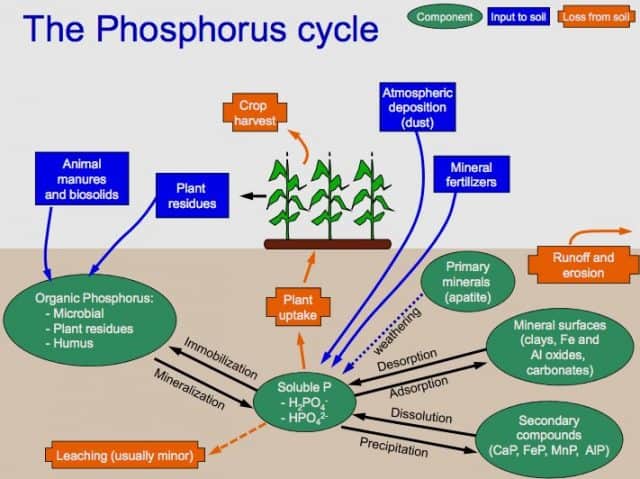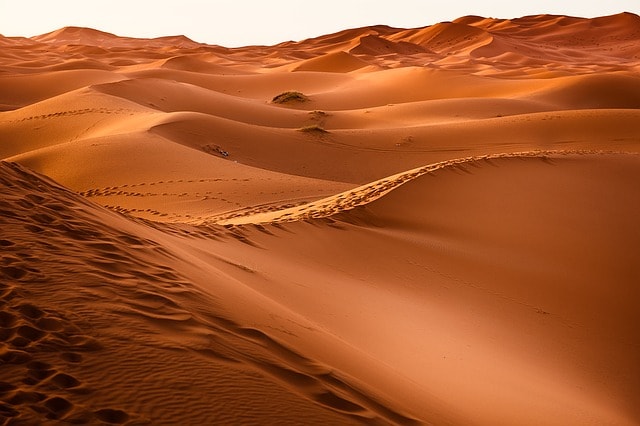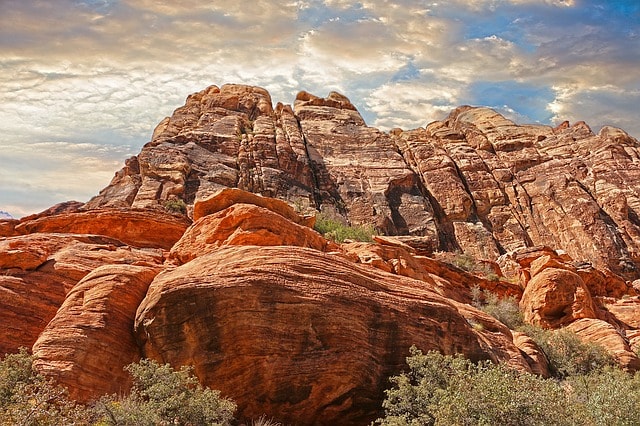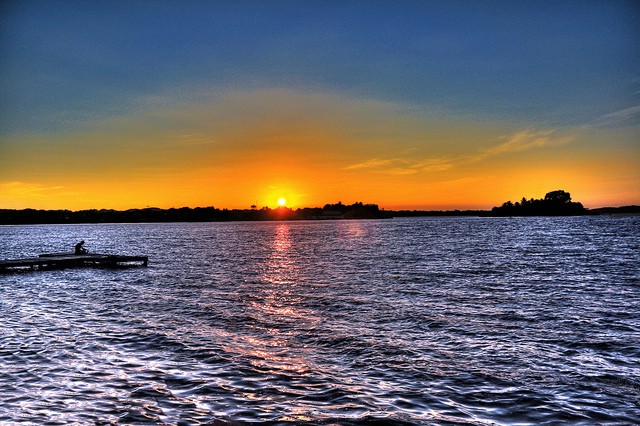Why Are Rocks Used To Make Buildings?
A safe shelter is mandatory for everyone. It provides a home to people and a sense of security to keep all their precious belongings protected. Moreover, it also helps protect people from natural calamities, theft, and other problematic situations. Thus, living in solid homes helps man solve these problems efficiently and sleep soundly at night….

